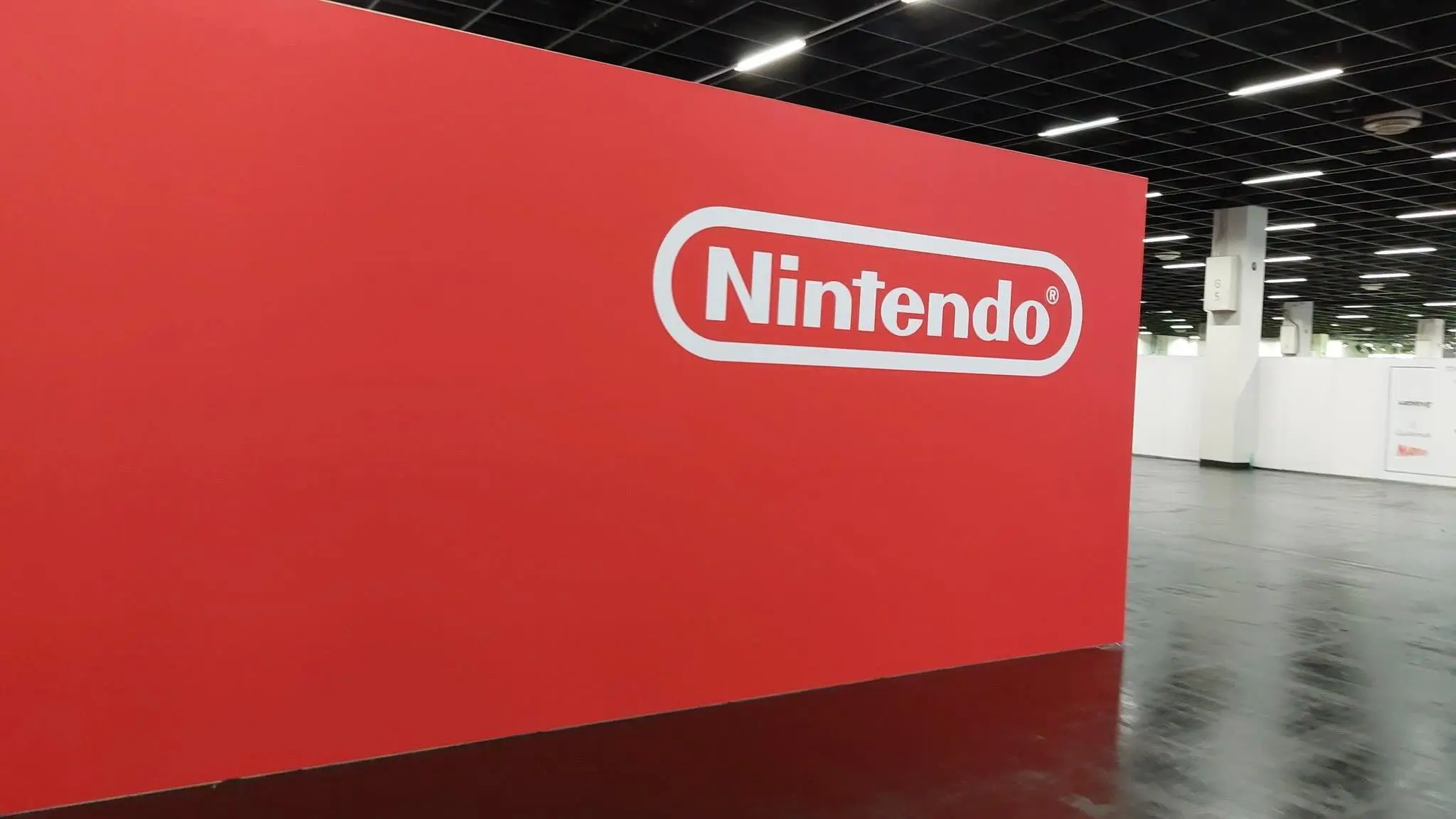In a dramatic market event, Super Micro Computer’s stock experienced a sharp decline, plunging 23% in a single day. This steep fall had a significant impact, dragging down other prominent AI technology stocks, including Nvidia. Super Micro Computer, a key player in AI-driven computing solutions, has seen its stock surge impressively over the past year due to its pivotal role in the AI industry. This makes its sudden downturn particularly startling and impactful on the broader market.
Ripple Effects
The sudden drop in Super Micro Computer’s stock is not just a standalone event but reflects broader concerns in the tech sector, particularly affecting companies heavily invested in artificial intelligence like Nvidia. Nvidia, along with other tech stocks, felt the immediate impact, underscoring the interconnected nature of tech stocks in the AI space. This interdependency means that significant shifts in one major player can lead to broader market repercussions.
Behind the Plunge
The plunge in Super Micro Computer’s stock can be attributed to a combination of high expectations and the volatile nature of tech investments in AI. Despite delivering substantial revenue growth and being a major beneficiary of the AI boom, the market’s response suggests a recalibration of expectations, possibly due to overvaluation fears or profit-taking by investors.
Super Micro Computer has been a standout performer in the tech sector, with its stock climbing dramatically over recent years, bolstered by its critical role in supplying high-performance computing solutions essential for AI development.
Market Outlook
Despite the current downturn, analysts remain optimistic about the long-term prospects of AI technology companies. Super Micro Computer, for instance, has been recently added to the S&P 500, reflecting its significant growth and the robust demand for AI technologies. Analyst predictions suggest a strong growth trajectory for AI-related hardware and services, indicating potential market recovery and opportunities for investors willing to withstand the sector’s inherent volatility.



















Add Comment